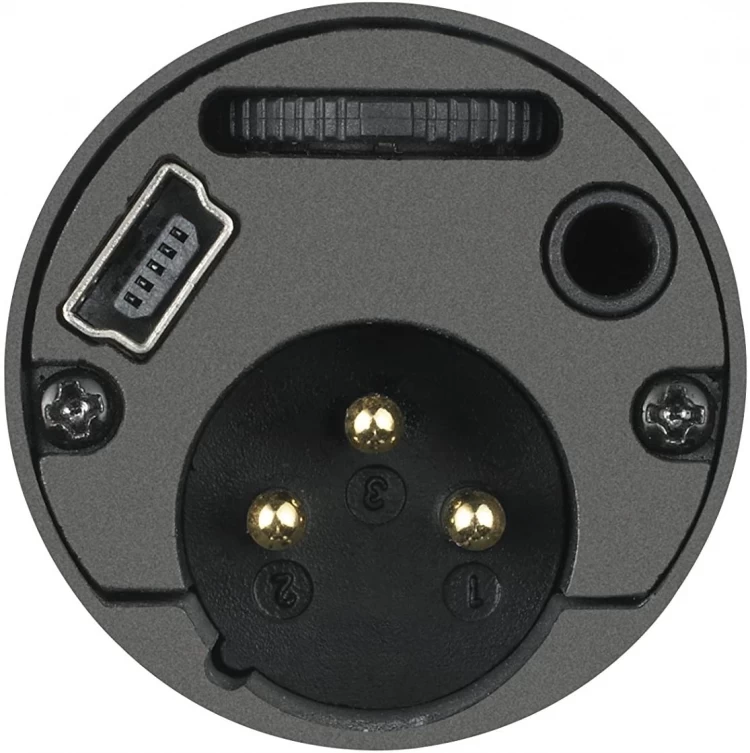What Does XLR Stand For? | Musician Nerd
Updated on Dec 22, 2021
What Does XLR Stand For?
The XLR Connector, which stands for External Line Return, is a type of electrical connector found primarily in professional audio, video, and stage lighting equipment. XLR Connectors are generally associated with audio devices such as microphones, speakers, amplifiers, and soundboards, however, are also used with lighting control, low-voltage power supplies, and more.
You can identify an XLR cable by its circular design with 3 to 7 pins. In terms of audio, we generally see 3 pins, one for positive polarity, another for negative polarity, and a third as a chassis ground (cable shield).
XLR cables allow us to effectively pass large electrical currents cleanly across our audio devices in a standardized manner, such as Phantom Power, for example.
The XLR connector was invented by James H Cannon, founder of Cannon Electric in Los Angeles, California. The design of the cable underwent many changes over the years and by 1955, with the addition of female contacts with a synthetic rubber polychloroprene, became the XLR cable that we know today.
To go back to the original question, what does XLR stand for? It stands for External Line Return. Learn more in our article The Difference Between XLR And USB Microphones.
Posted on Nov 03, 2020
Recording
Have questions for us? Email us at info@musiciannerd.com
